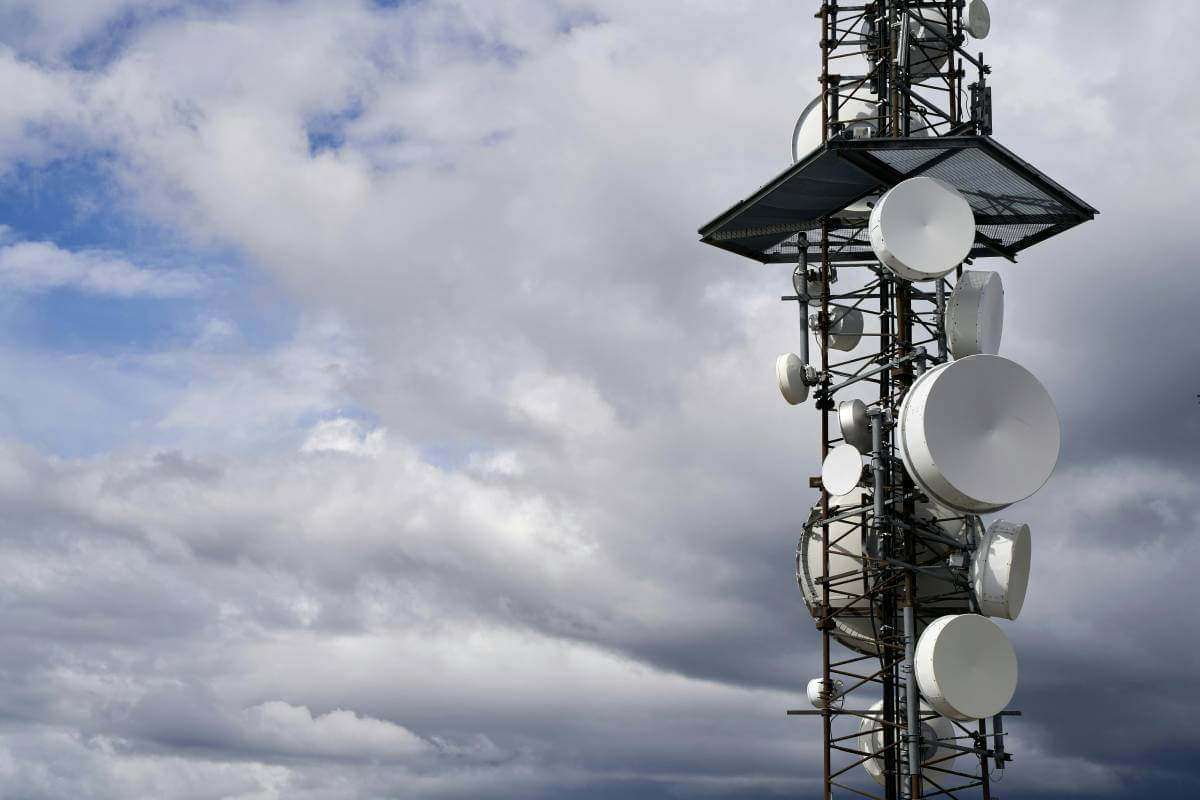Unleashing the Power of Microwave Links: Best Practices for Expanding WISP Coverage Areas
- by ISPadmin
- 2024 / 02 / 27
- Engineering
Introduction


Expanding coverage areas efficiently and reliably is crucial for meeting the ever-growing demands of customers. Microwave links, with their high data transfer rates and cost-effectiveness, have emerged as a game-changer for WISPs looking to extend their reach. In this blog post, we’ll explore the best practices for utilizing microwave links to expand WISP coverage areas effectively.
1. Site Selection and Path Planning:
- Conduct a thorough radio frequency (RF) analysis to identify potential sites for microwave link installation.
- Choose locations with a clear line of sight (LOS) to minimize signal interference and obstructions.
- Utilize path planning tools to assess and optimize the microwave link path, considering factors like distance, terrain, and weather patterns.
2. Frequency Spectrum Considerations:
- Carefully choose the frequency bands for your microwave links, considering local regulations and interference from other wireless devices.
- Higher frequency bands offer higher data rates but may have shorter transmission ranges and be more susceptible to atmospheric conditions.
3. Antenna Selection and Alignment:
- Select high-gain antennas to maximize the signal strength and overcome signal loss over long distances.
- Ensure precise alignment during installation to maintain a stable and reliable connection.
- Regularly monitor and adjust antenna alignment, especially in areas prone to strong winds or environmental changes.
4. Link Capacity Planning:
- Assess the bandwidth requirements of your WISP network and choose microwave links with appropriate capacity.
- Consider scalability to accommodate future growth in data demand.
- Implement Quality of Service (QoS) mechanisms to prioritize critical traffic and ensure a consistent user experience.
5. Redundancy and Reliability:
- Implement redundancy in microwave link configurations to minimize downtime in case of equipment failure.
- Use diverse paths to create a resilient network that can withstand unexpected disruptions.
- Regularly perform maintenance checks and proactively replace aging equipment to maintain high reliability.
6. Security Measures:
- Employ encryption mechanisms to secure data transmitted over microwave links and protect against unauthorized access.
- Regularly update firmware and software to patch vulnerabilities and enhance network security.
- Monitor network traffic for unusual patterns and implement intrusion detection systems.
7. Regulatory Compliance:
- Familiarize yourself with local regulations governing the use of microwave links.
- Obtain the necessary permits and licenses before deploying microwave links to avoid legal complications
8. Weather Mitigation Strategies:
- Implement adaptive modulation and coding techniques to adjust to varying weather conditions.
- Consider the installation of weatherproof enclosures and equipment to protect against harsh environmental elements.
Conclusion:
By following these best practices, WISPs can leverage microwave links to expand coverage areas efficiently, providing high-speed and reliable internet connectivity to a broader customer base. Embracing the latest technologies and maintaining a proactive approach to network management will ensure the success and sustainability of WISP operations in the dynamic landscape of the
telecommunications industry.
Contact us here to learn more about how ISP Revolution can help you deploy with confidence – the first time
RECENT BLOG
MORE INFO
ISP Resolution © 2024 All Rights Reserved
